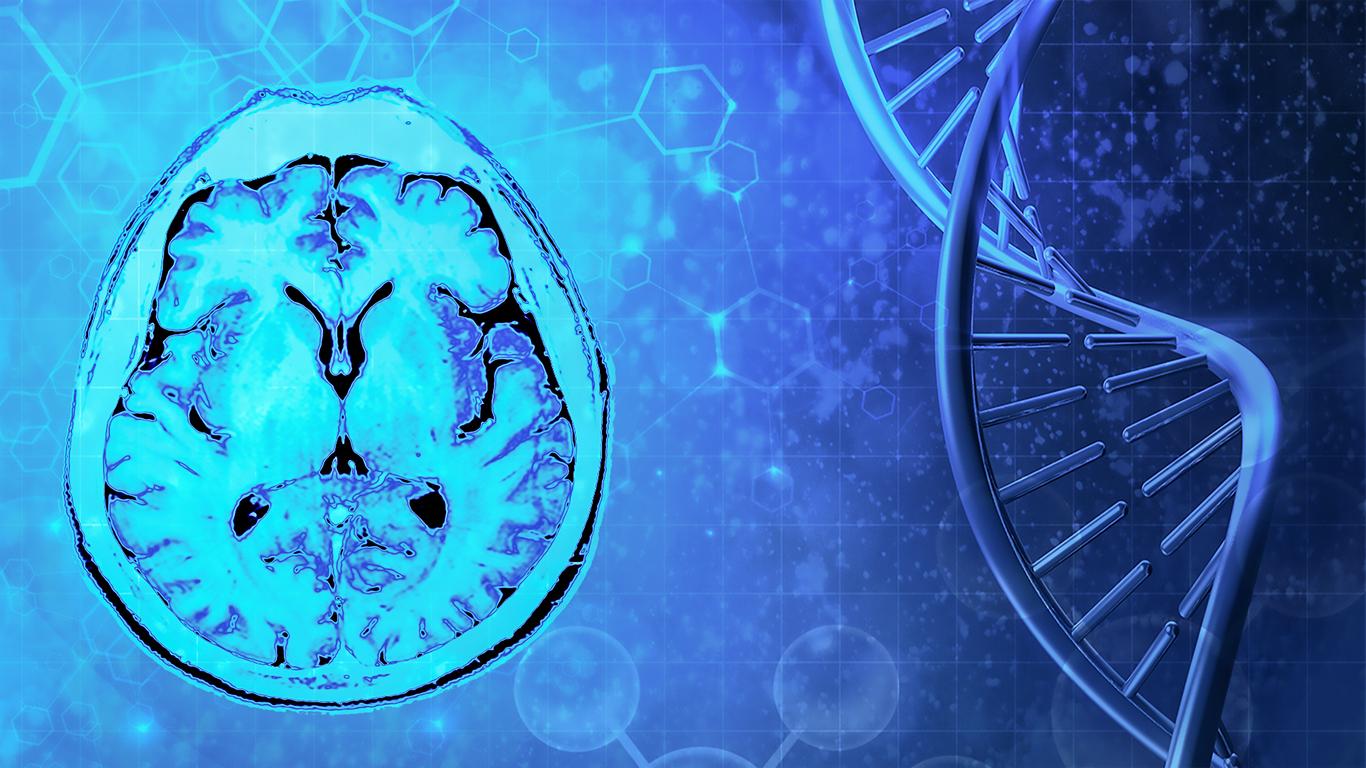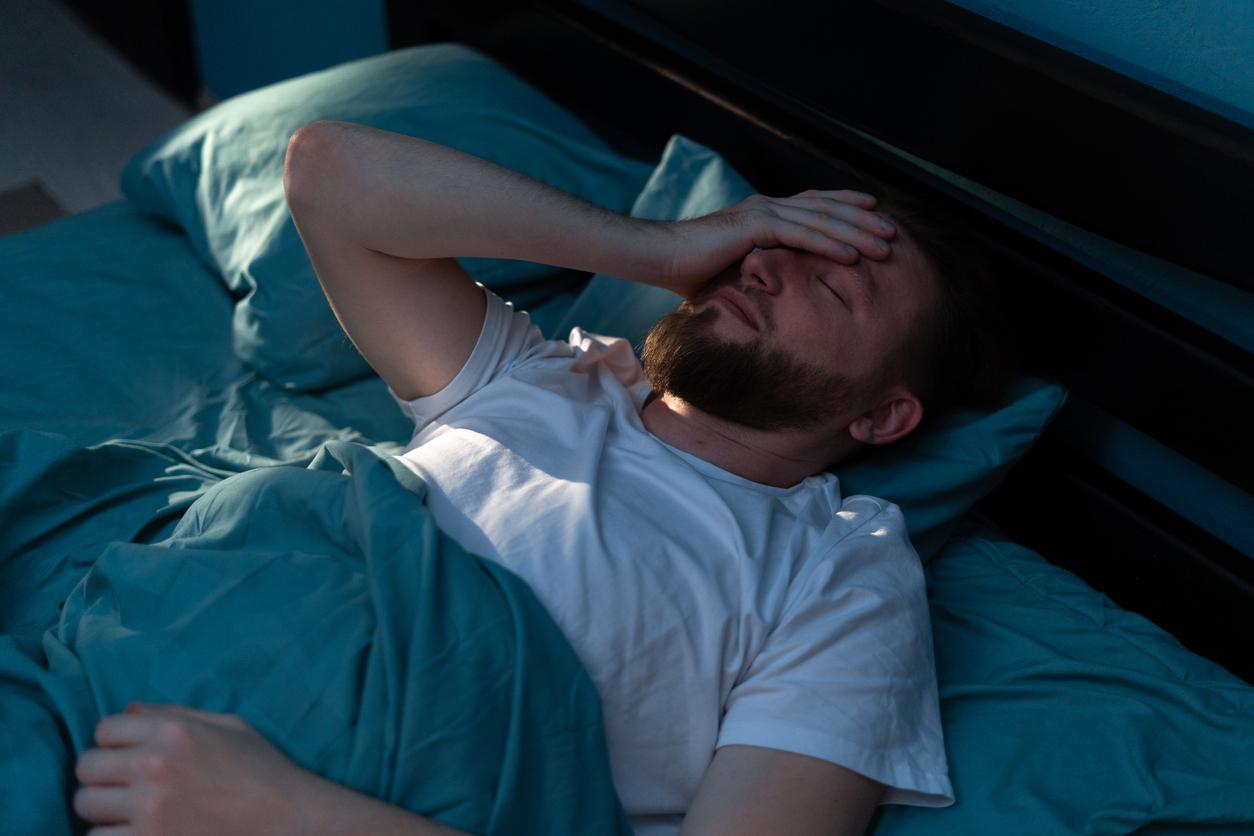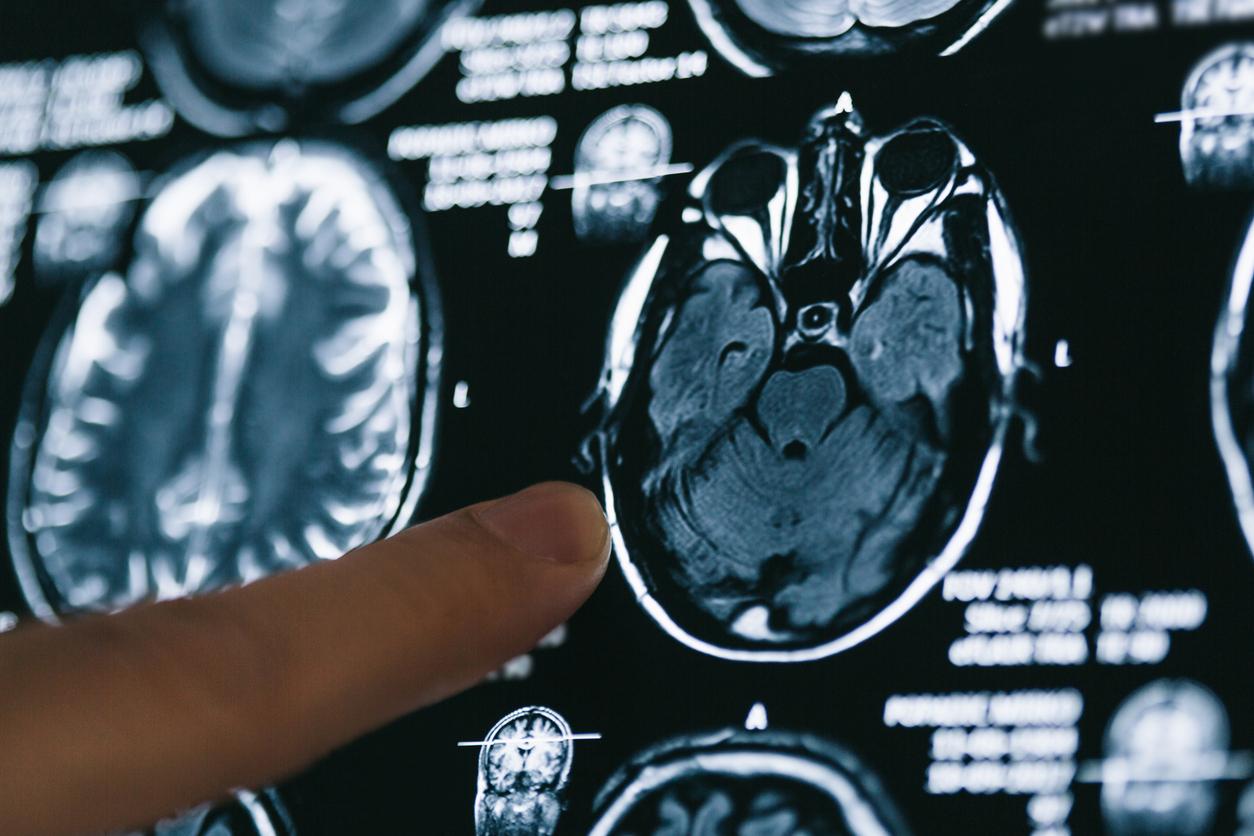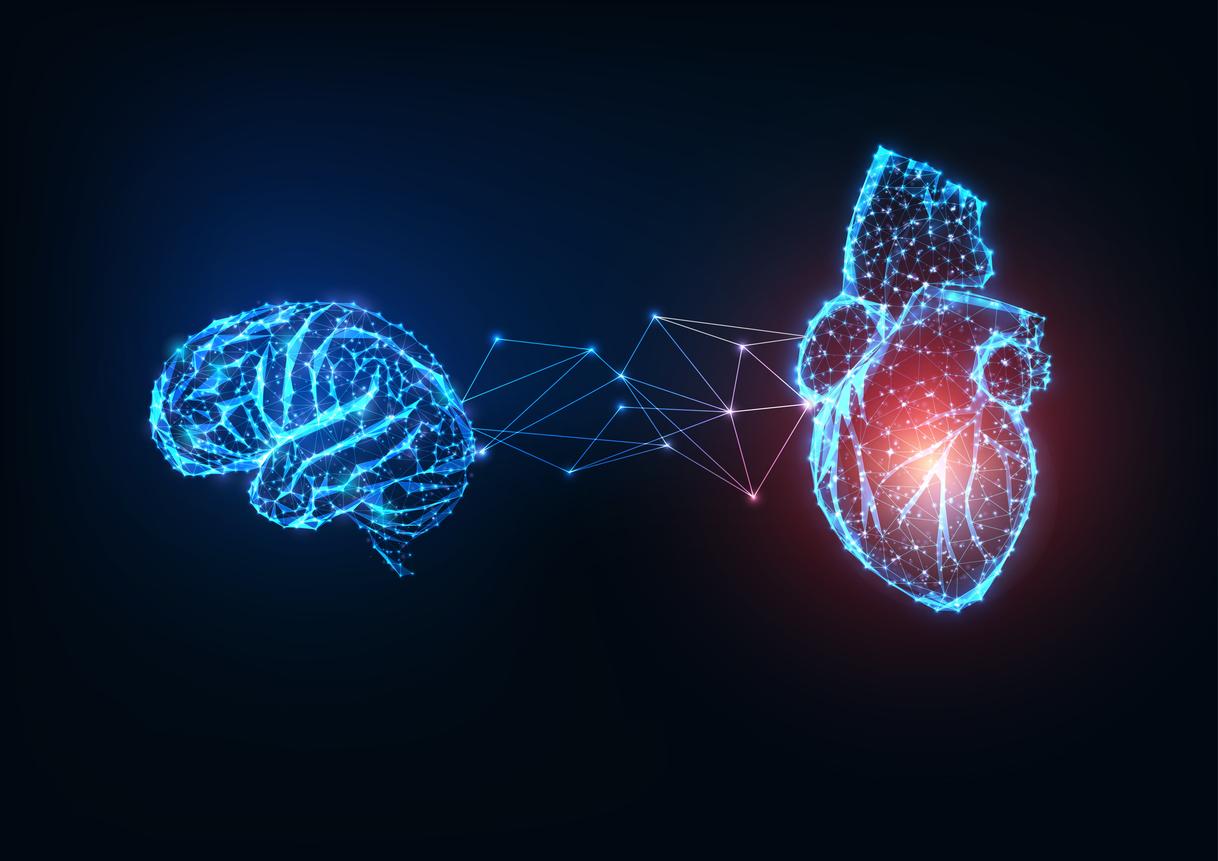Check several times that you have locked your car, “check” your keys in your purse, look at your watch several times, check that you have forgotten nothing while shopping… Checking stains seem trivial to us as they are carried out daily. But how does our brain organize itself to carry out all these check-ups in shambles? French researchers from the National Institute of Health and Medical Research have questioned this brain mechanics.
For the purposes of the study, they fitted macaques with electrodes to check their brain activity and in particular the frontal cortex, the area at the front of the brain. The team of Emmanuel Procyk, co-author of the study, scrutinized the activity of 411 neurons in two regions of the frontal cortex, known for their involvement in decision-making, namely the cingulate cortexmiddle and lateral prefrontal cortex.
The middle cingulate cortex, seat of verifications
To observe what happens during the checks, the monkeys were given two options during the test: they could work on a task of visual memorization or check a gauge that shows how long you have to wait before you can collect a reward. “Correctly linking the steps of the main task increased the gauge”, explains Inserm in a press release.
When the macaques checked the level of the gauge, neurons in the middle cingulate cortex, followed closely by neurons in the lateral prefrontal cortex fired. “The neural pathways of verification are different from those involved in other types of decisions”, such as responding to a visual memorization exercise, points out Inserm.
A treatment track for TOCs
Why these experiences? These results provide an interesting avenue for treating obsessive compulsive disorder (OCD). The successive checks that are customary for people suffering from OCD would be linked to a disruption of this brain mechanismI.
Therefore, regulating this defective cingulate cortex in patients would be the key to correcting these OCDs. This idea has already been tested by the Americans. On the side of Inserm, a project is under study. It would be a question of “precisely identifying the areas of the cingulate cortex involved in OCD in humans, on about twenty volunteers, and evaluating the impact of an alteration of the corresponding cingulate cortex in macaques”, specifies Emmanuel Procyk. .
The results should be known in 2017-2018 and could give rise, if they are conclusive, to further new OCD treatments. To be continued.
The discovery of cerebral mechanisms activated when sth is checked opens up therapeutic avenues for #TOChttps://t.co/dEBT2msH7W
— Inserm (@Inserm) September 7, 2016
To read also: Agoraphobia or the fear of being afraid
Unusual: the lack of punctuality considered a disease
Why men are obsessed with big muscles


















